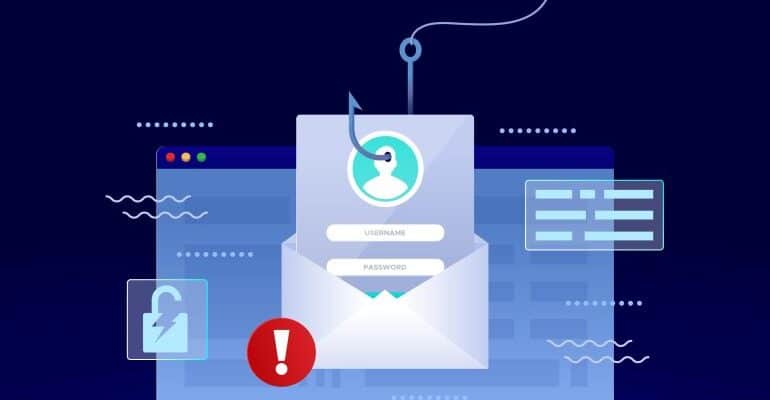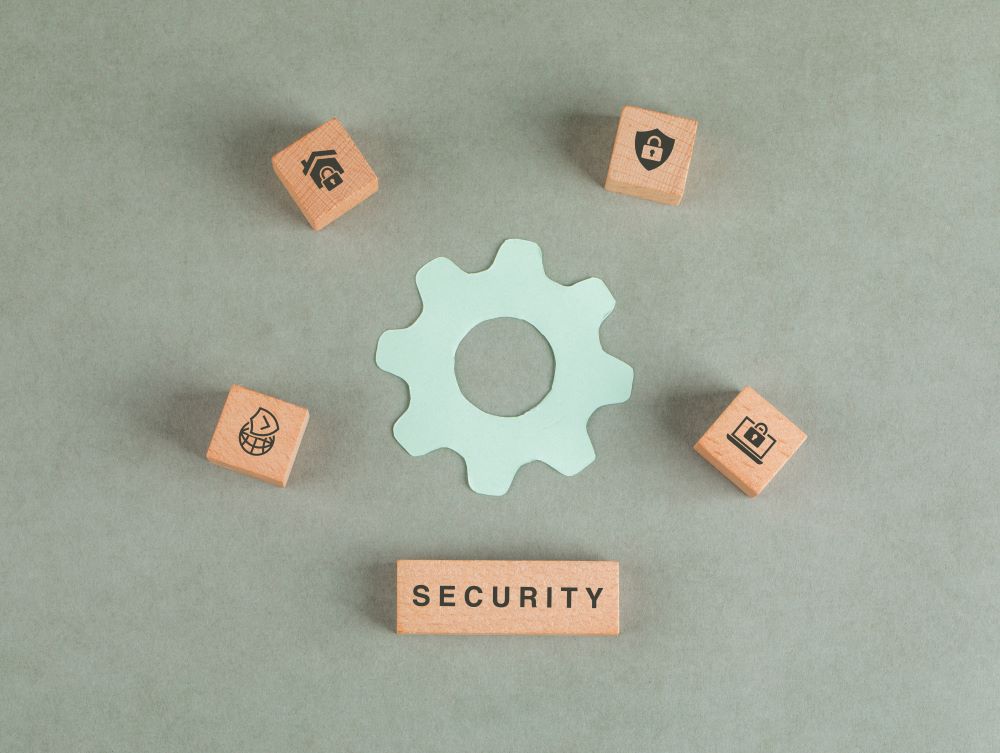Popular as it continues to be even today, email marketing can harbor a lot of potential for growth in terms of marketing. Companies in all niches continue to use it as an advertising tool and a channel of daily collaboration and communication. And so, it is only logical for such an influential channel to be a common target for hackers to gain access to sensitive company data. Even more frightening is the fact that small and local businesses are targeted more, usually due to the lack of the necessary protective measures. Improving the digital security of your business is just as important as securing your actual business property (if not more important). Today, we take a look at how to protect your moving business email accounts from cyber-attacks.
9 ways to protect moving business email accounts

With the overall digitalization of business in the past decade, the notion of crime has also evolved beyond the real world and into the digital one. And so, cyber-crime has become an unremovable stain that all companies need to protect against today. And there have been countless examples where it took no more than a single cyber breach to ruin the brand reputation of a business.
- According to findings, more than 66 percent of malware installed in breached networks comes from email attachments. The report shows that poor email security is one of the more common baits for cyber-criminals.
And so, to help your moving business avoid such breaches, safeguard your brand image, and protect against hackers, we offer the following protective measures:
1. Use strong passwords that are unique
Weak passwords are one of the most common causes of breaches. By allowing employees to use simple phrases and passwords, you expose your business to risks from hacking. If you want to protect your moving business email accounts, you need a system that will not only require employees to implement a specific set of criteria when coming up with a password but to also change it on a quarterly or semi-annual basis. The best practice for coming up with a strong password for any access (email included) is the following:
- Use upper and lower case letters
- Use numbers and special characters
- Never use your birthday, hometown, school, university, or brand name
- Use random numbers and letters rather than words
- Avoid common letter-number substitutions
- Think in terms of phrases rather than words
2. Use two-step verification
Two-step verification (also known as two-factor authentication) is a very straightforward way to get an extra layer of protection when accessing your emails. Basically, this system introduces an additional step for logging into your email, one that requests a unique code that is usually sent to your phone via a text message. This approach is a great way to make it more difficult for others to gain access to your email by sneaking a peek at you while logging in.
Two-tier authentication is one of the best ways to protect social media or a web application from a data breach. It also works with virtually any cloud storage service you might be using.
3. Be cautious when it comes to phishing emails

Phishing is a well-established scamming system that many hackers use to gain access to email and account information with the use of camouflaged login pages. With the overall sophistication of technology, phishing attacks are harder to see through than before. And so, to avoid them, you need the right security software and responsive web design and development that is not as easy to create a copy of.
4. Always scan attachments
With emails still being such a popular communication channel for businesses, there are constant back-and-forth emails. And most of those emails will contain at least one or two file attachments. However, cyber-breaches and phishing attacks can also come in the form of attachments. Given that you can’t go into full panic mode and trash all emails with attachments, you need to have a system:
- Internal emails and those that come from known associates and contacts have a low-risk when it comes to hacking potential.
- Emails that you receive from unknown contacts are a high-risk matter and one that you should tread carefully around.
One of the best ways to approach this issue is with the implementation of counter-measures that will protect your moving business email accounts from shady attachments. Consider the use of vetted antiviruses and anti-malware email security software. These solutions can provide warnings in regards to shady attachments in emails. And they will give you an added layer of protection against data security breaches.
5. Company email accounts can’t be used for private purposes
Company emails need to stay work-related. And that means that you need to discourage employees from using them for any other purpose, be it to chat with friends, do online shopping, or anything else outside their job. Protecting the interests of your business should come first – and if someone wants to handle private affairs while working, they can log into their own email account or use their phones to do so. And when they do, make sure that nobody connects to the office WiFi. And this is one of those rules that the business owner needs to set an example for.
One of the better ways for companies to approach this is through the use of security awareness training. That is a very direct and fast approach to educating employees while ensuring that you are taking all the measures necessary to protect your data, email accounts, and business in general.
6. Scan all emails for viruses and malware

Attachments are not the only thing to double-check when you are looking to protect your moving business email accounts. Rather, you should use the antivirus and malware software we mentioned to scan any and all unfamiliar emails that you receive. That way, you will be able to screen all incoming emails and reduce the chances of getting caught up in a cyber breach. All it takes is to explore your security settings and modify them accordingly. At the end of the day, it is better to be safe than sorry.
7. Avoid accessing your business email account from public WiFi networks
Public WiFi networks are not as secure as one might think. They are, in fact, gold mines for hackers to gain easy access to confidential information. All it takes is a laptop and some basic software, and one can easily hack into public WiFi networks to monitor all traffic. Therefore, accessing your business email account through such channels exposes you to unnecessary risks. There are, however, two simple ways to avoid this from happening:
- Instruct employees to use smartphones and their mobile internet if they are unable to access a secure WiFi network.
- For remote team members, consider providing them with paid mobile internet that they can take with them and use outside the office.
8. Use a robust spam filter

Spam filters have become a necessary part of everyday life. They are a perfect way to keep your email account light when it comes to receiving unwanted promotional emails and random newsletters. Experienced marketers understand how the concept of spam filters works, giving them more incentive when coming up with email marketing campaigns. However, users can always dabble with spam filters to block out any emails that contain a specific word or phrase. And that is something that can come in handy when you want to take that added step in hiding spam emails from employees. After all, nobody can accidentally open a spam email with shady attachments or malware if they never get the email, to begin with.
9. Avoid the “Unsubscribe” option in malicious emails
Although it sounds like a marketing ploy, the truth is that hackers often count on people to want to stop receiving emails. This is something that they are more than willing to exploit.
If, despite the efforts of your spam filters and malware software, you still come across a shady email from an unwanted source – you will most likely want to not only delete it but never receive it again. And then you see it – the Unsubscribe option. It looks simple enough, a single click should do it. Little do you know that hackers use the Unsubscribe option as bait for clicks. And by clicking on it, you are taken to a phishing site. It only takes a few moments on the website for someone to gather data from your account or to create a backdoor into your system.
The lesson here – if you want to protect your moving business email accounts, don’t use the Unsubscribe option for unknown email senders. Simply delete the email and block it through your spam filter settings.






